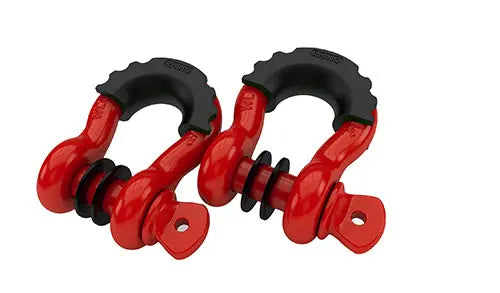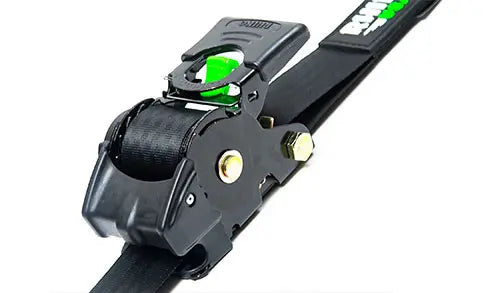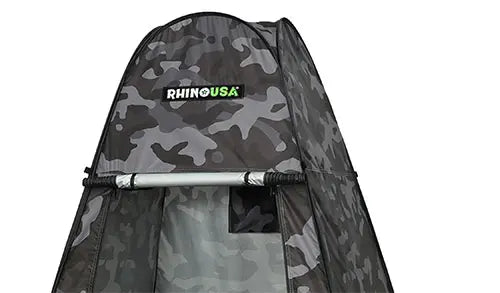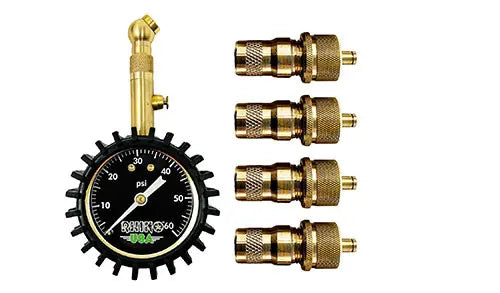Learn more about different kayak typologies and discover their perks, pros, and cons.
Kayaking is without a doubt one of the most fun and rewarding outdoor activities out there. It is exciting, adventurous and timeless. Moreover, kayaking is not just a one-sided activity, but it is malleable to the interests and goals of many different practitioners. Whether you are a die-hard athlete or an occasional yak aficionado, the possibilities are truly endless.
Kayaking can be a one-off way to unwind and relax, or it can also be a nice challenge for those who embrace the sporting element of it and want to push their performance to the max.
If you are about to get started and move your very first steps in the wonderful world of kayaking, you are probably asking yourself a few important questions. First and foremost, how can you make sure that you pick the right kayak for you.
Things can be a bit confusing for a beginner because there are so many options out there! Keep reading to learn more about how to choose a kayak that is rightly sized for you!
Understanding how kayaks affect maneuverability.

It’s very important to understand that the size of a kayak will directly affect its ease of use. For instance, wider kayaks are particularly well-suited if you are looking for something that holds itself with greater stability. On the downside, making turns is generally a bit more complicated. On the other hand, smaller, narrower kayaks are more agile, but they aren’t as stable. This means that you will need to be very balanced and very aware of your movements while on the kayak!
How heavy should your kayak be?
Some people might not really consider the weight factor, thinking that it doesn’t matter, given the fact that kayaks float on water. However, heavier kayaks are generally slower and harder to maneuver. In addition to that, larger and heavier kayaks are a bit more challenging to transport from, and to the water. This is definitely something to consider if you are traveling light.
To sum it up, kayaks that are bigger and wider are generally better suited if you are looking for more stability. However, kayaks that have a narrow shape and are smaller are usually faster, more portable and more comfortable to operate. However, they also require greater skill and balance from the kayaker, since smaller kayaks will be more susceptible to the movements of the user.
It’s all about the specific environment.
As you might know, there are many different types of kayak. Each one is specifically designed to suit a given environment better. Granted, there are certain recreational kayaks that are well-suited to different purposes. They are specifically designed for the occasional kayaker, who might take a trip every now and then. While most recreational kayaks are quite good to handle many scenarios, there are many other options to consider. For example, if you are mostly going to use a kayak in the ocean, you should consider a sea kayak. This is usually designed to be more aerodynamic than your average recreational model. As a result, this kayak has a much narrower shape. Some sea kayaks might even have additional features, such as rudders, which help maintain stability. Sea kayaks might offer faster speeds and more maneuverability. On the other end, they might be a bit more challenging to operate, since they do require a bit more balance and experience in some circumstances.

Portability and flexibility.
If you are looking for a kayak that you can easily lug around, you should consider buying a touring kayak. This particular typology has been conceived with the needs of hikers and campers in mind. This means that these kayaks are easy to carry with you, even if you have limited storage space, or if you are traveling far greater distances with little to no resources or available room. Arguably, these kayaks are a bit undersized due to the need to shrink the design to the bare essentials. This means that while they’re more portable, they might lack in terms of features for some users.
If you want to have a kayak that’s absolutely the end-all in terms of portability, you can also consider an inflatable kayak. In terms of space, size really is the main selling point here, because you can deflate the kayak and seamlessly carry it with you, even if you’re on foot! On the downside, the durability of inflatable kayaks might not be as notable. It’s all about determining what compromise you’re willing to take if you are looking for a kayak that’s exceptionally lightweight and easy to carry, even if you’re traveling light and on your own. Inflatable kayaks might be amazing for solo adventurers!
If you want to find yet another option that’s well-suited for people looking to shrink the size of their kayaks, you should certainly consider purchasing a two-piece paddle. Let’s not forget that even if you pick an inflatable kayak, paddles have their size too! With two-piece paddles, you will be able to break down the components in two smaller parts, as the name itself suggests. The market offers many similar options, even as far as 3-piece paddles!
These paddles are way easier to carry with you. On the downside, they do offer some disadvantages. Generally speaking, one-piece paddles are stronger and more reliable, and they are the preferred choices of most kayaker. Paddles built with multiple pieces also require assembly joints. If they’re made of plastic, they might not be as durable over time. If the joints are made of metal, they require regular maintenance and cleaning to avoid corrosion and rust.

Compatibility with other activities
Some kayaks are great for people who love to do other activities. For example, the market offers many fishing kayaks, which have been modified specifically for fishermen in order to accommodate their various accessories. Some fishing kayaks might even have certain special amenities already incorporated in their construction! These models are typically larger, but they do pack a punch in terms of features. Fishing kayaks usually are bigger in size, and they are wider. As mentioned earlier, wider kayaks offer much more stability. This is particularly important for fishermen, who will need to stay still on their kayaks, waiting for fish to get hooked!
In conclusion, these are only some of the many alternatives and things to consider when buying a kayak, especially if this is your first time around! In order to choose the best size and type to suit your kayaking style, it is really essential to consider how you’ll be using your yak, and what you expect from its performance! If you are considering buying a specific kayak model, but you are still not quite sure whether it’s the right choice for you, do not be afraid to ask questions! Most sellers would be happy to assist you and stir you towards the right direction. In addition to that, the web is home to many lively kayaking communities, with people who are eager to share their experience and know-how online.




















